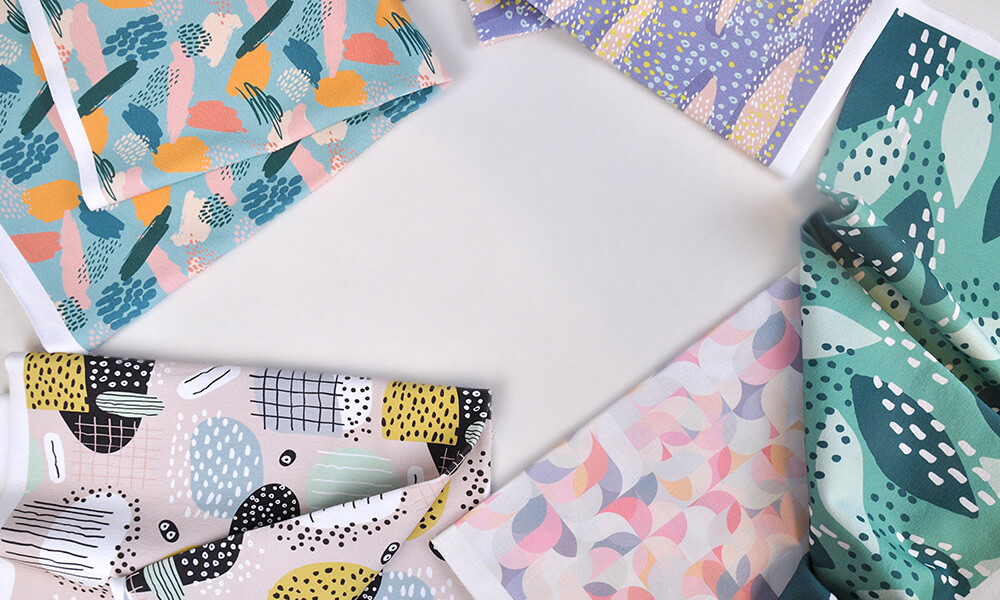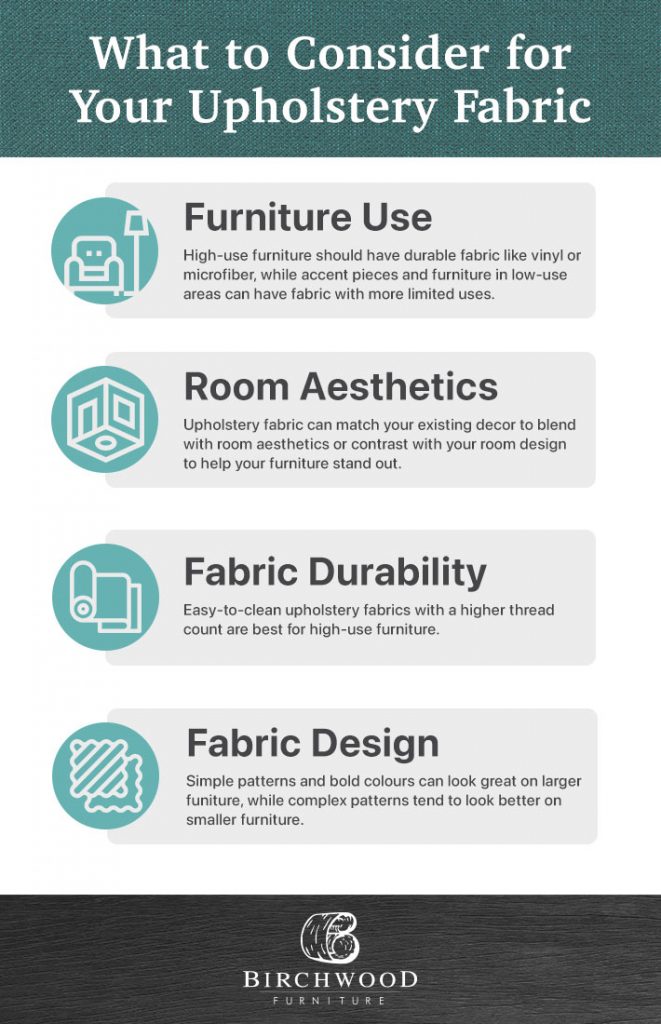The Of All 4 Way Stretch Fabrics
The Of All 4 Way Stretch Fabrics
Blog Article
Not known Facts About All 4 Way Stretch Fabrics
Table of ContentsAn Unbiased View of All 4 Way Stretch FabricsThe 6-Minute Rule for All 4 Way Stretch FabricsThe 25-Second Trick For All 4 Way Stretch FabricsTop Guidelines Of All 4 Way Stretch FabricsMore About All 4 Way Stretch Fabrics
You can discover more about grain and grainline of textile below. The textile weight is reliant on many factors like the weave, fiber type, and so on and is generally signified by GSM. GSM can vary from 60 -700; 700 being the GSM of extremely top notch woolen material. A denim material has a GSM of 400, depending on the weave.Yet one point you need to remember is that greater material weight does not denote greater material quality. It simply is an indicator of the suitability of the textile for a certain project. You can pass by high material weight fabric jeans for a light-weight floating serape. Knowing the textile weight serves when comparing the very same sort of fabrics, yet even this will depend upon its application.
Check out the checklist of the 70+ different textile surfaces and treatments. In short, the most vital requirements to search for in the textile you purchase are as complies with. The variety of threads per inch of material (yarns-per-inch). Higher the thread matter higher the number of strings woven per inch, and the higher the high quality.
In top quality material, this equilibrium (either in numbers or in dimension) will always be preserved. Processes utilized on material to improve appearance and efficiency.
All 4 Way Stretch Fabrics for Dummies
A two-ply thread is exceptional to a single-ply thread.

If you are preparing yourself to start a brand-new embroidery project, choosing a textile will certainly be the most important step when you determine what you intend to make. After you've mosted likely to all the difficulty and expenditure of acquiring the sewing maker you like, a pattern you enjoy, and a textile you like, you desire the completed item to be a success, right? One way to achieve that is to begin by ensuring your fabric is absolutely right for the job.
If you're making a patchwork, you'll automatically want to use quilter's weight cotton for best results. But what if you intend to make a product of garments? Exactly how do you understand which fabric will provide you the most effective result? Selecting a textile merely because you like the print or style on it isn't necessarily the very best method.
You get the picture. In order to prevent doing a whole task for practically absolutely nothing, we have actually compiled some suggestions to assist you decide which fabric is best for your job. Let's say you already have a task in mind; just how do you find the right material for it? One means is to consider similar items in storesor ones you currently have.
All 4 Way Stretch Fabrics Fundamentals Explained
Assume of the features you desire the finished product to have. Do you want a solid color or a print? If you are making a non-wearable thing such as a cushion cover or potholder, utilize a strong fabric such as canvas.
There is so much information out there concerning textiles, their qualities, and their usages, it might get to be overwhelming! So don't attempt to take it in all at the same time; just begin with the task at hand. Learn all you can concerning the textile you utilize for this set project.
Consist of little swatches for referral. You will certainly have your own little library of information to browse when you start each new project.
If you're beginning with a pattern that you know you intend to make, a lot of the moment the pattern will certainly tell you which kind of material will function best for that patternor at the very least offer you guidelines. The guidelines are there for a factor; pay interest to them! You can make your own decision and do your own point, yet you may wind up needing to redesign it if it does not go so well.
Some Ideas on All 4 Way Stretch Fabrics You Need To Know
If you're a stitching beginner, begin with cotton, such as you would locate in the check my blog quilting area of a material shop. Cotton is without a doubt the most flexible and most convenient fabric to function with, and virtually anything can be made with cotton. Make sure to wash it first, given that it does diminish.
Select an item of clothes to make, or a craft projectjust stay clear of points that require to be stretchy (knits) or upholstery-type jobs (heavy, durable fabrics). Besides woven cotton, materials that are very easy to handle are flannel, non-flimsy woven silks, and wool or wool blends. Prevent anything with a nap, such as velvet or phony hair, and stay clear of unsafe or large textiles.
You will certainly be pleased of the finished job instead of distressed with time and products lost. We can assist you discover new strategies or motivate you to obtain started, guiding you via any type of project you would certainly like to complete.
Include little swatches for reference. You will have your very own little collection of information to browse when you begin each brand-new job.
All 4 Way Stretch Fabrics Fundamentals Explained

If you're a stitching beginner, start with cotton, such as you would certainly find in the quilting location of a fabric shop (leggings fabric). Cotton is without a doubt one of the most flexible and most convenient material to collaborate with, and nearly anything can be made with cotton. Make sure to wash it first, since it does reduce
Pick a product of clothing to make, or a craft projectjust prevent points that need to be stretchy (knits) or upholstery-type tasks (heavy, long lasting textiles). Woven cotton, fabrics that are simple to handle are flannel, non-flimsy woven silks, and wool or woollen blends. Stay clear of anything with a nap, such as velvet or phony hair, and avoid unsafe or large fabrics.

Report this page